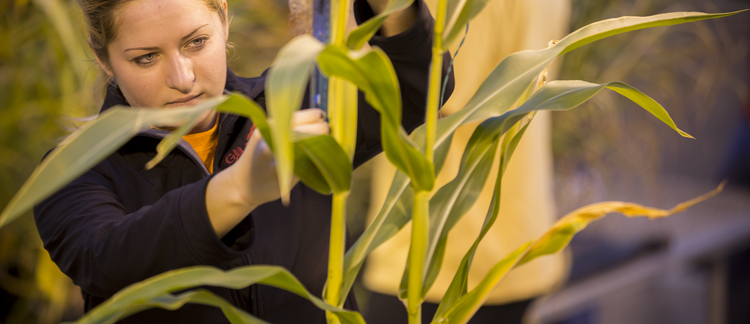Abstract
Our objective is to develop hybrid aspens as an energy crop that would fit as one part of systems for biomass energy production in the Corn Belt. Most liquid fuels are derived from biomass from cornstarch and cellulose. An additional perennial energy crop coming from in-field buffer strips and windbreaks could contribute to soil conservation, improvement in water quality, year-round harvesting with reduced need for storage of feedstock, and reduced energy and financial inputs. Wood biomass has about twice the energy density and therefore can be economically transported further to a conversion site. Woody biomass is the preferred feedstock for pyrolysis production of liquid fuels and can be a major component of combustion fuel for power plants.
Keywords: Natural Resource Ecology and Management
How to Cite:
Hall, R. B. & Randall, J., (2015) “Developing Hybrid Aspen as a Complementary Energy Crop”, Iowa State University Research and Demonstration Farms Progress Reports 2014(1).
Downloads:
Download pdf
View PDF
228 Views
87 Downloads

